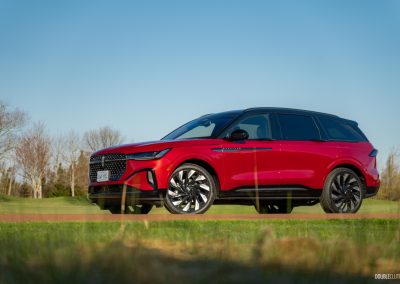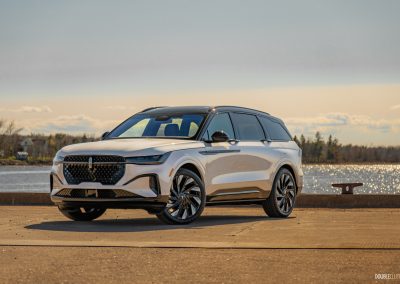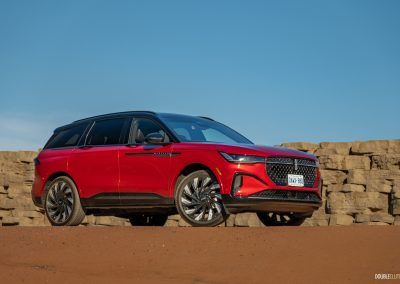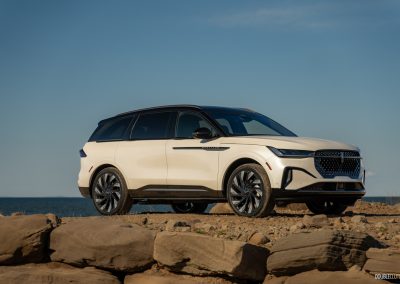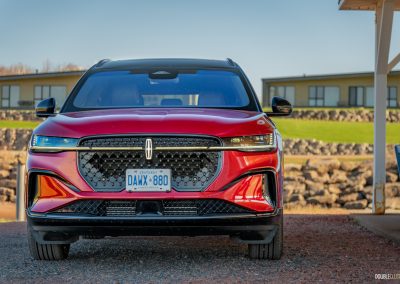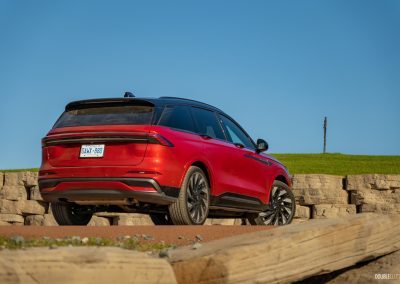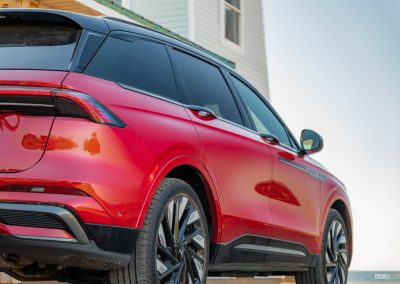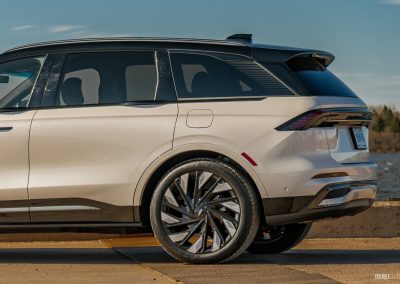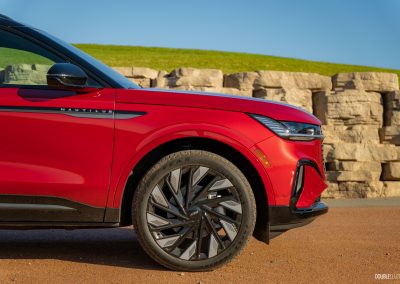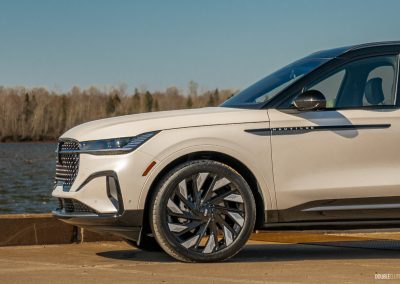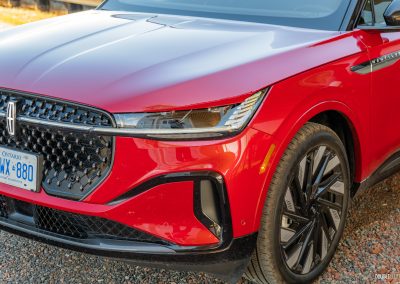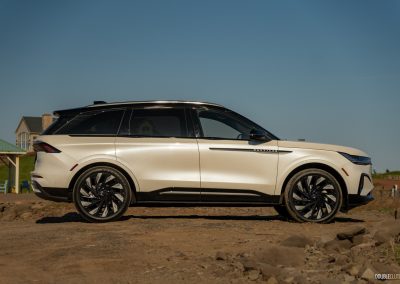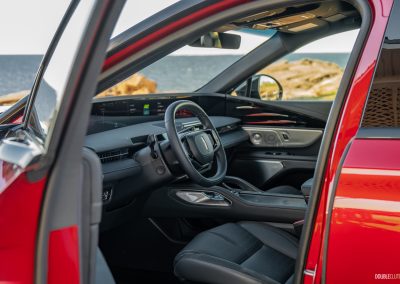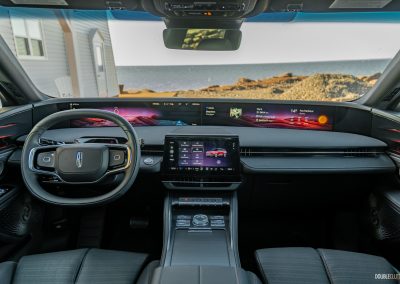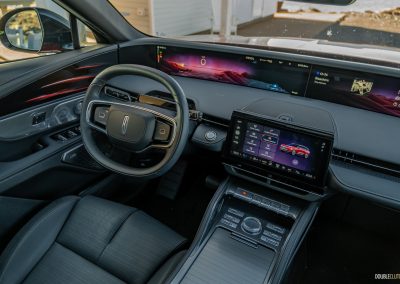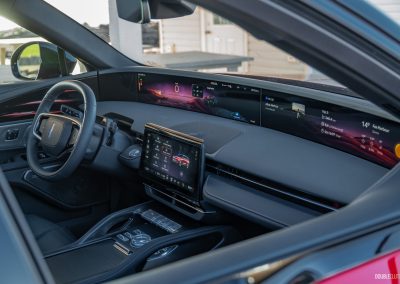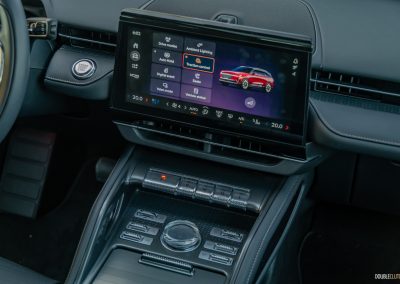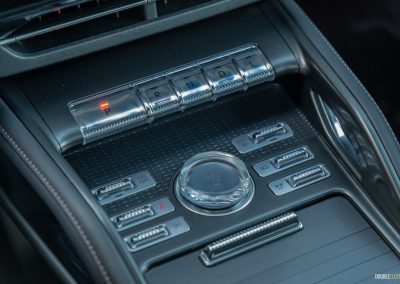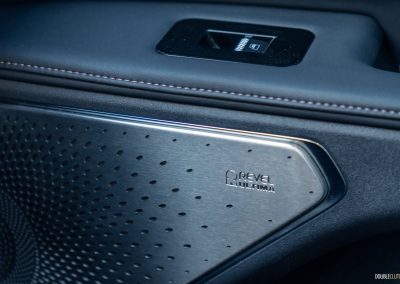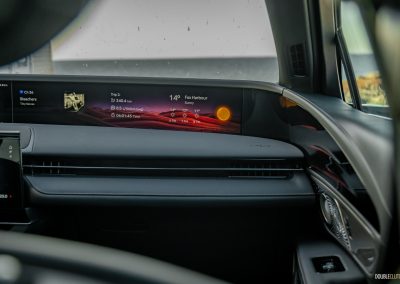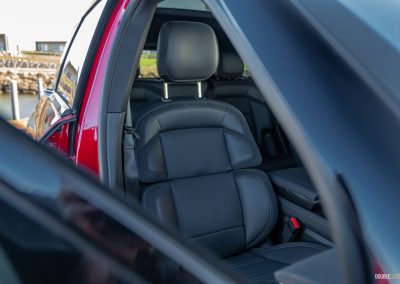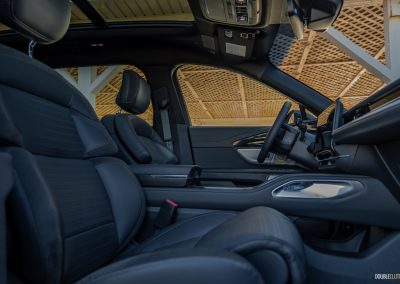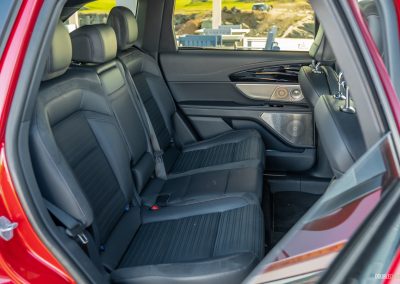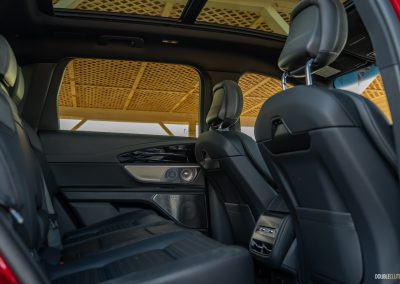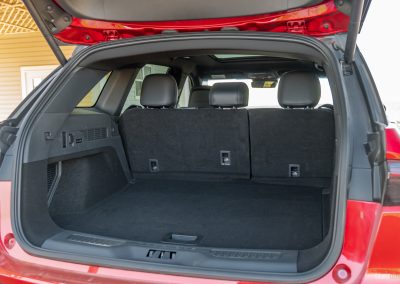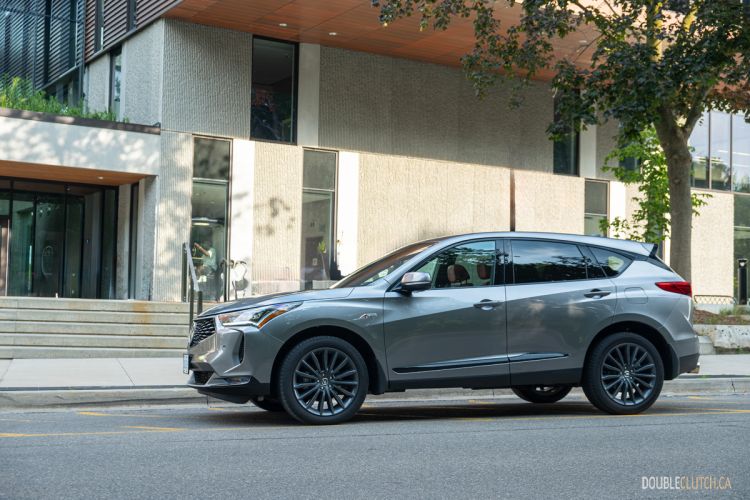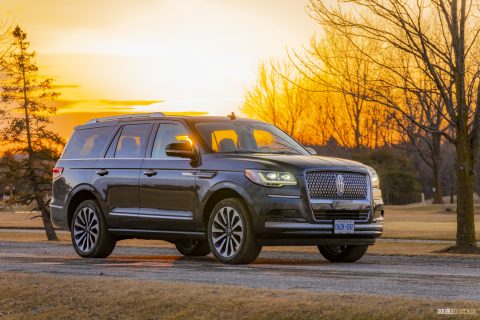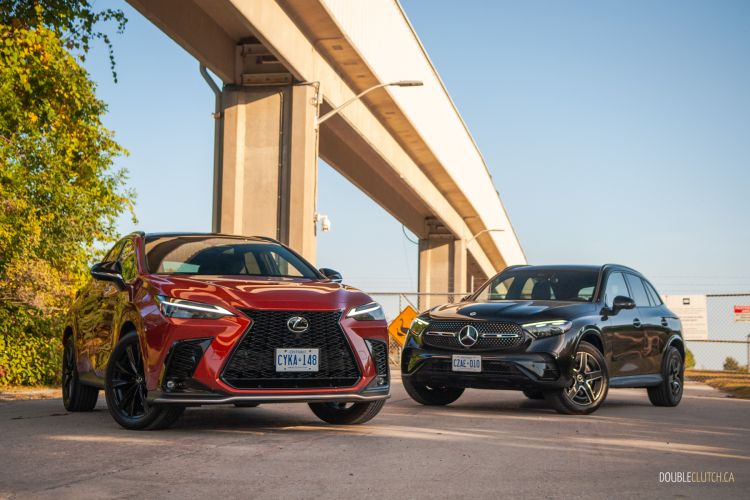FOX HARBOR, N.S. — I like Lincolns. Pretty much the whole team likes Lincolns, and we’re pretty much always taken aback by how much we like them. We unanimously like the Lincoln Corsair, even though we don’t feel as warmly about the Ford Escape upon which it’s based. I’ve sampled the entire crop of full-size luxury SUVs which includes some serious heavy hitters like BMW’s incredible X7 M60i and a $300,000 Range Rover, and the Lincoln Navigator is the one I fell most in love with. So, when Lincoln invited us out to the picturesque east coast to check out the 2024 Lincoln Nautilus, I gleefully accepted the assignment.
The 2024 Nautilus is the first to wear Lincoln’s newest design theme. It looks much more modern and athletic, without straying from the sense of quiet elegance that earned them such a loyal following in the first place. The Nautilus’ grille is larger and more squared-off, its lighting elements are sharper and more detailed, its wheels larger and more intricate — and everything is darkened. It successfully updates Lincoln’s old money aesthetic without alienating the old money that might be buying it.
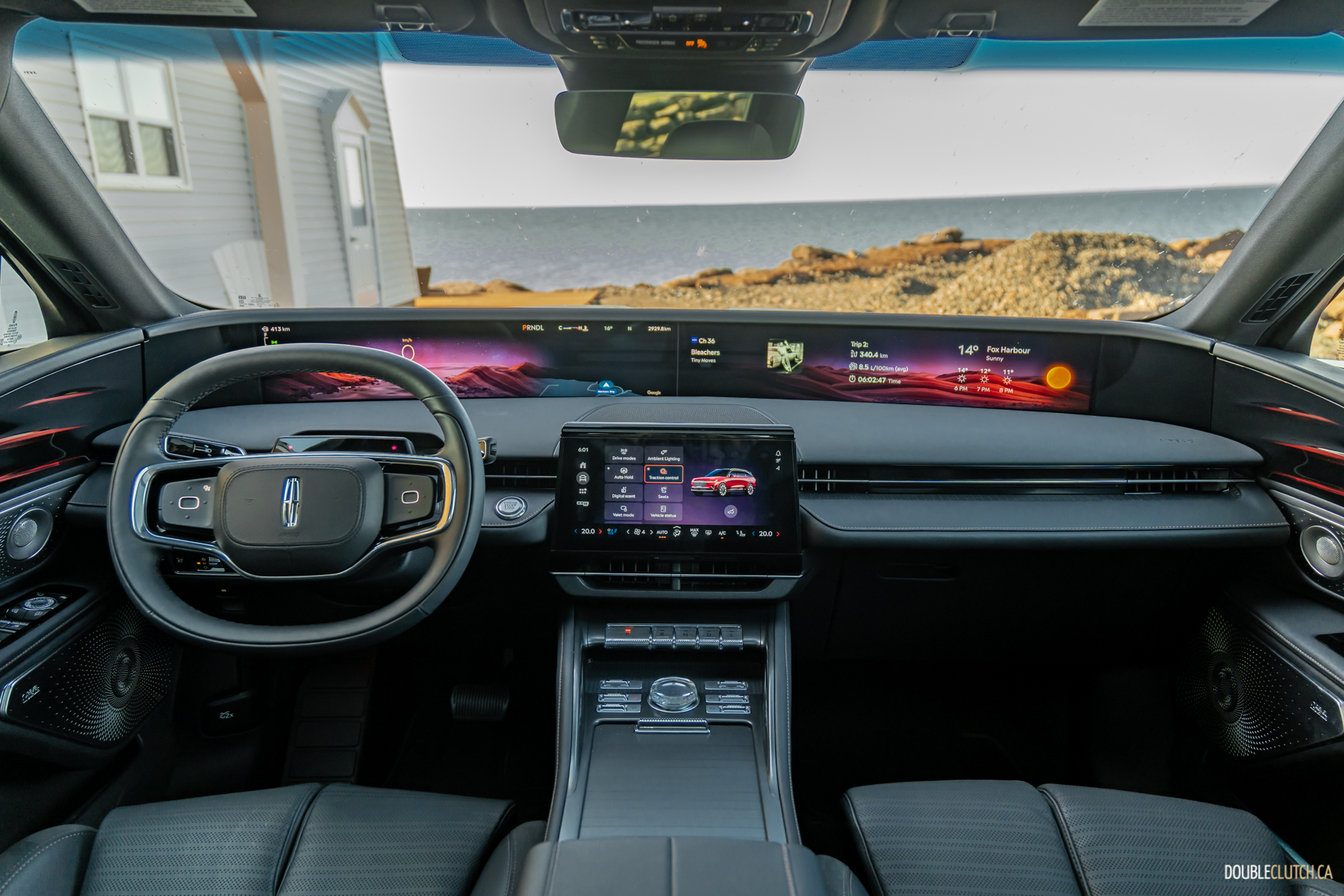
The big story waking waves with the Nautilus is the mega-wide 48-inch screen spanning the entire dashboard, and even wraps around you before tapering downward at its edges — very much like the Lincoln Mark VIII coupe of the 90s. This screen is strictly a display — at 4K resolution — controlled by a centrally mounted 11.1-inch touch display plus capacitive steering wheel controls, whose control overlay is projected on-screen in front of the driver.
Lincoln said their directive was to keep your eyes up, with all the information you could possibly want being displayed just under your line of sight; close to the road, with the overall intention of being less distracting than a typical infotainment setup. The rectangular, flap-top steering wheel is so shaped to serve this purpose as well, so as to not interfere with what Lincoln has dubbed Digital Experience. Puzzling as the squircular helm may appear, it makes sense once you’re seated, and it’s less distracting than you’d expect.
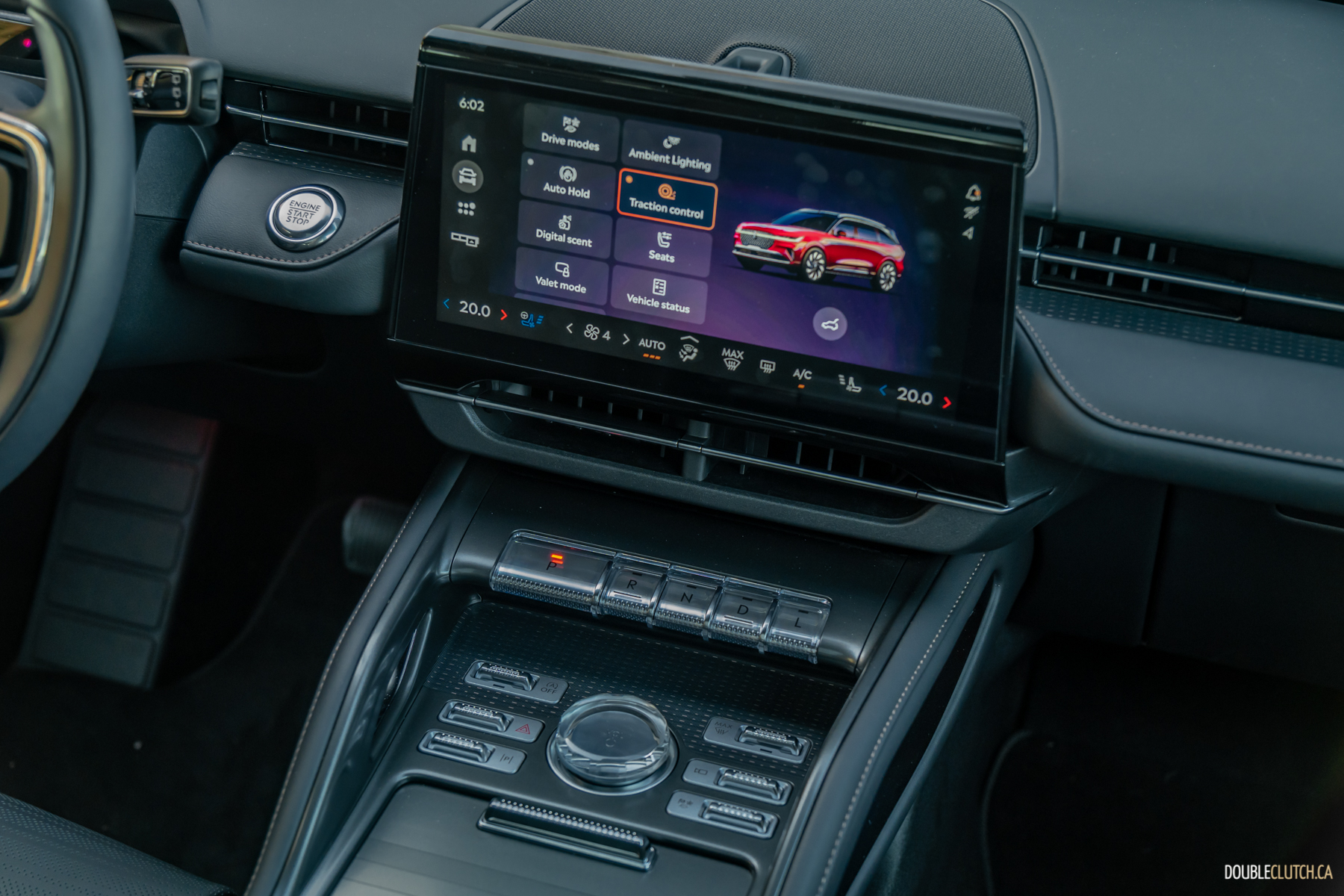
The Nautilus employs an all-new infotainment on its central touchscreen, which is a substantial departure from what we’ve seen on other Lincolns. They said their aim was to make sure the user experience felt familiar to everyone using it, regardless of whether they were accustomed to an Apple or Android phone. This ends up being a long-winded way of saying it’s a Google-powered system, since that’s what powers everything these days, from Volvos to the GMC Canyon.
I have expressed previously that I’m apprehensive about the increasing adoption of Google-powered software in vehicles. Unfortunately, the Nautilus is another one in the negative column — for me. The navigation function works perfectly, and all the Google Assistant voice functions — similar to Siri — you’d find on a phone are all present and work well. But where it starts coming apart is the way it integrates into, you know, the car. Because the car isn’t a phone.
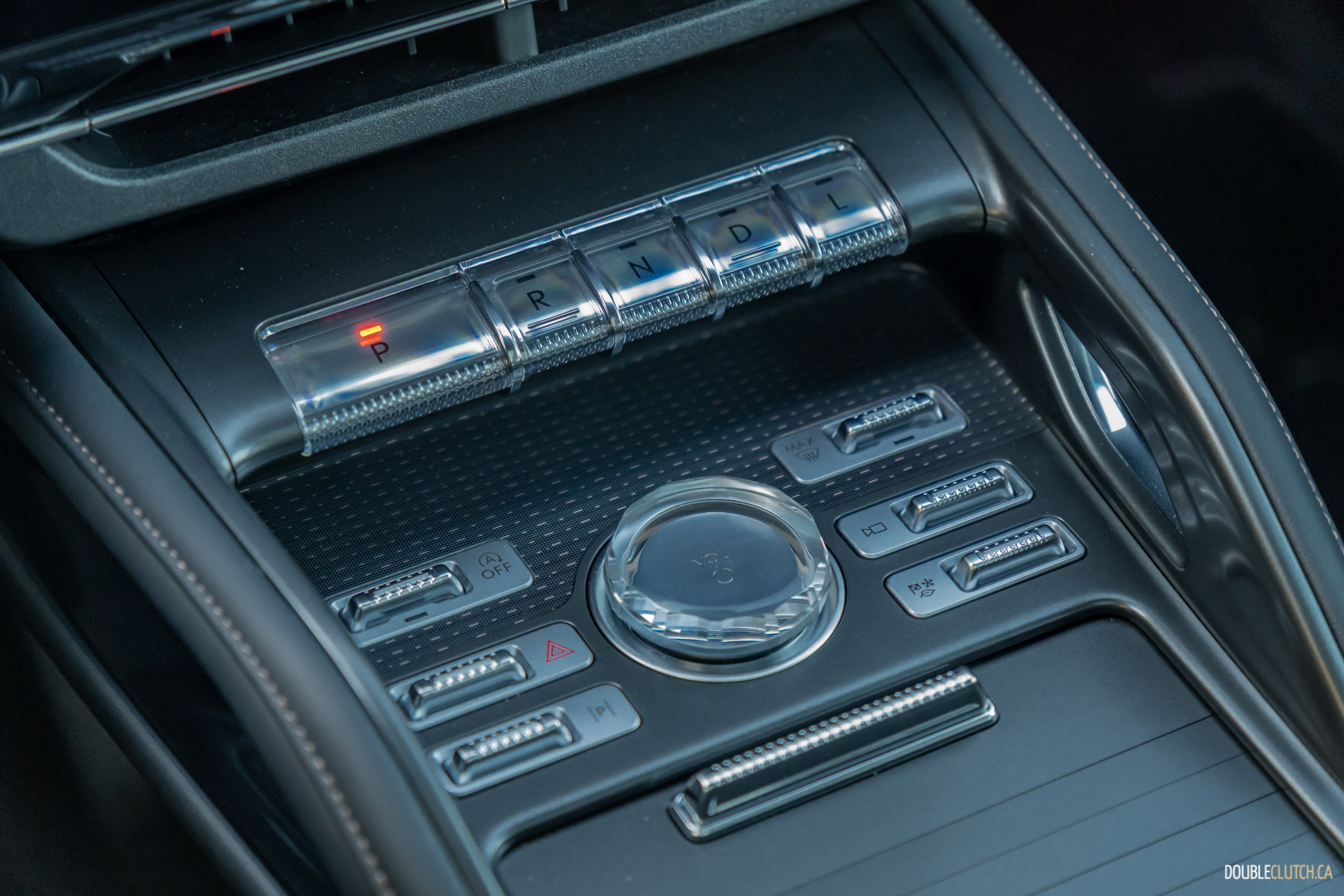
For example, ask it to tell you the news, and it’ll read Reuters to you. Ask it to tune to Sirius XM channel 50, and it’ll say it can’t connect to the internet. Say you’re feeling hot, and it’ll suggest going for a swim. Say you’d like a massage, and it’ll pause the song that’s playing. I could see that it understood my voice command every time, but it doesn’t know how to incorporate it into the car’s functions. Lincoln says it’s a voice-centric system, but your voice doesn’t integrate into said system.
In trying to set up the interface like a phone so that it’s familiar, it’s also clumsy like a phone. The shortcuts for key car functions like navigation and radio are gone, replaced with permanent climate control shortcuts and some other basic shortcuts for vehicle settings and a home screen, because the physical buttons for them are gone. Even the physical controls that remain, like the button that selects from five drive modes, only brings up that app on the screen. It can’t be used on its own.
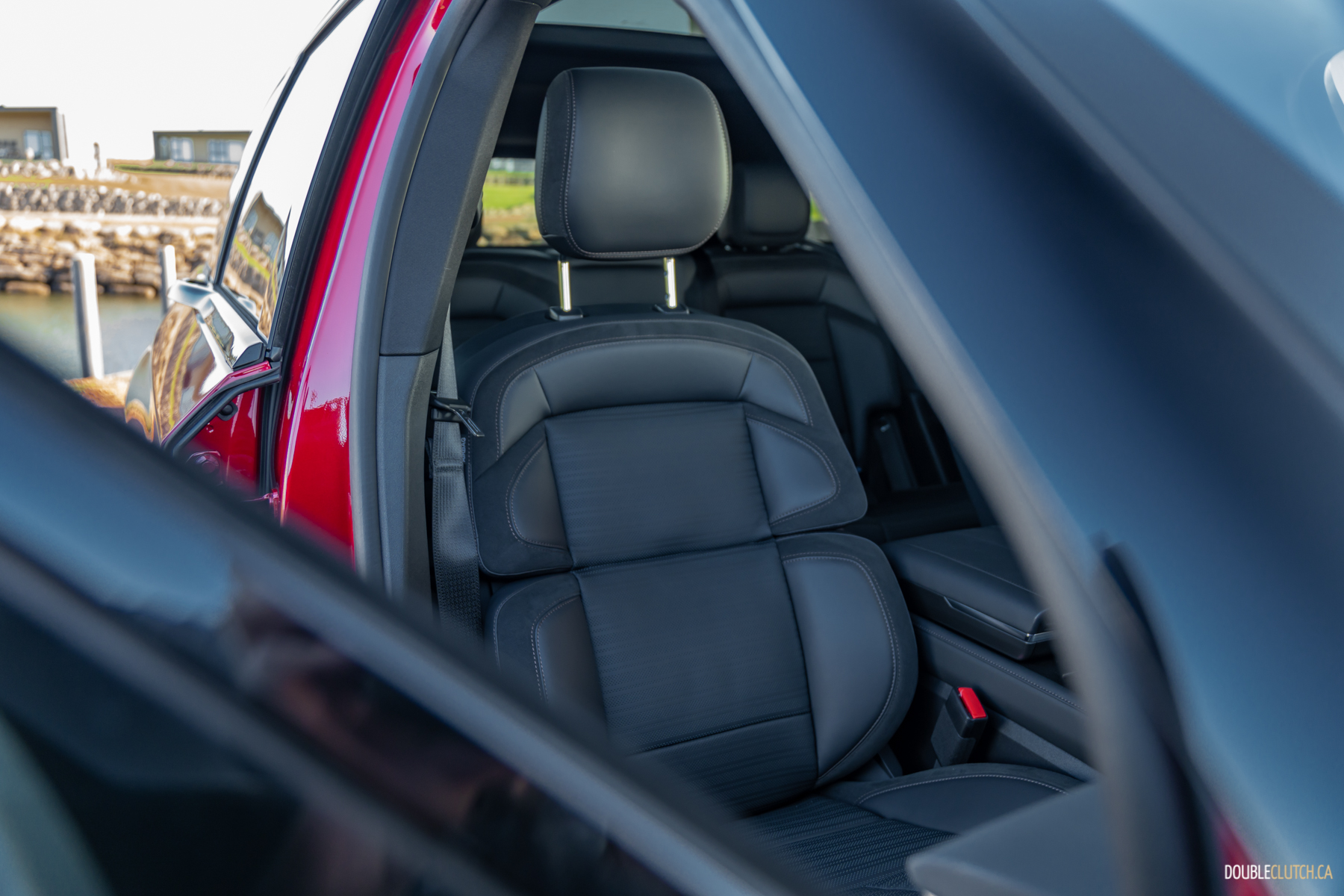
This was a bit of an annoyance when the screen decided it was unhappy with my passenger’s attempt at using wireless Apple CarPlay. It froze. It was still playing music from his phone, and the screen still responded to its physical ancillaries like that aforementioned drive mode button, but I couldn’t actually do anything because it stopped responding to touch. So, I was stuck in Comfort mode wallowing over the expansion joints on the Confederation bridge, and I couldn’t do anything about it.
It’s such a shame because the core engineering underneath the Digital Experience is pretty brilliant. With the drive mode set to its sportiest “Excite” setting, that unbecoming wallowing from the rear dampers disappears instantly. Suddenly, the Nautilus drives like a BMW — taut, well-controlled, and comfortable, making chewed-up maritime roads disappear even with the optional 22-inch wheels. The rectangular steering wheel is a little awkward to wield at first, but quickly starts to feel natural, with a nice heft and clear line of communication to the front end.

The two powertrain options are both impressive. The base 2.0-litre turbo-four engine delivers 250 horsepower and a healthy 280 pound-feet of torque, That’s sent through a seamless eight-speed automatic transmission to all four wheels, and it averaged a very impressive 8.7 L/100 kilometres in my time with it. There’s an optional hybrid powertrain, which replaces the slushbox with a very clever eCVT. That setup incorporates a motor and generator to increase combined system output to 310 horsepower. (The engineer on hand made very clear it’s not a belt-and-pulley CVT. It’s all gear-driven and very robust).
The hybrid powertrain is very accomplished, with some of the slickest operation I’ve ever encountered. The gas/electric handover is totally imperceptible, thanks to its integrated generator that can fire the engine in just two tenths of a second, and often the only clue that you’re on electric power comes from a small pop-up on the far end of the screen. Power is seamless, the typical engine drone you’d find in a hybrid is absent, and its electric shove makes it a lot quicker than its numbers convey. Fuel economy was only marginally better than the gasser, but we also did hardly any slow traffic where hybrids typically excel. I observed an average of 8.3 L/100 km.
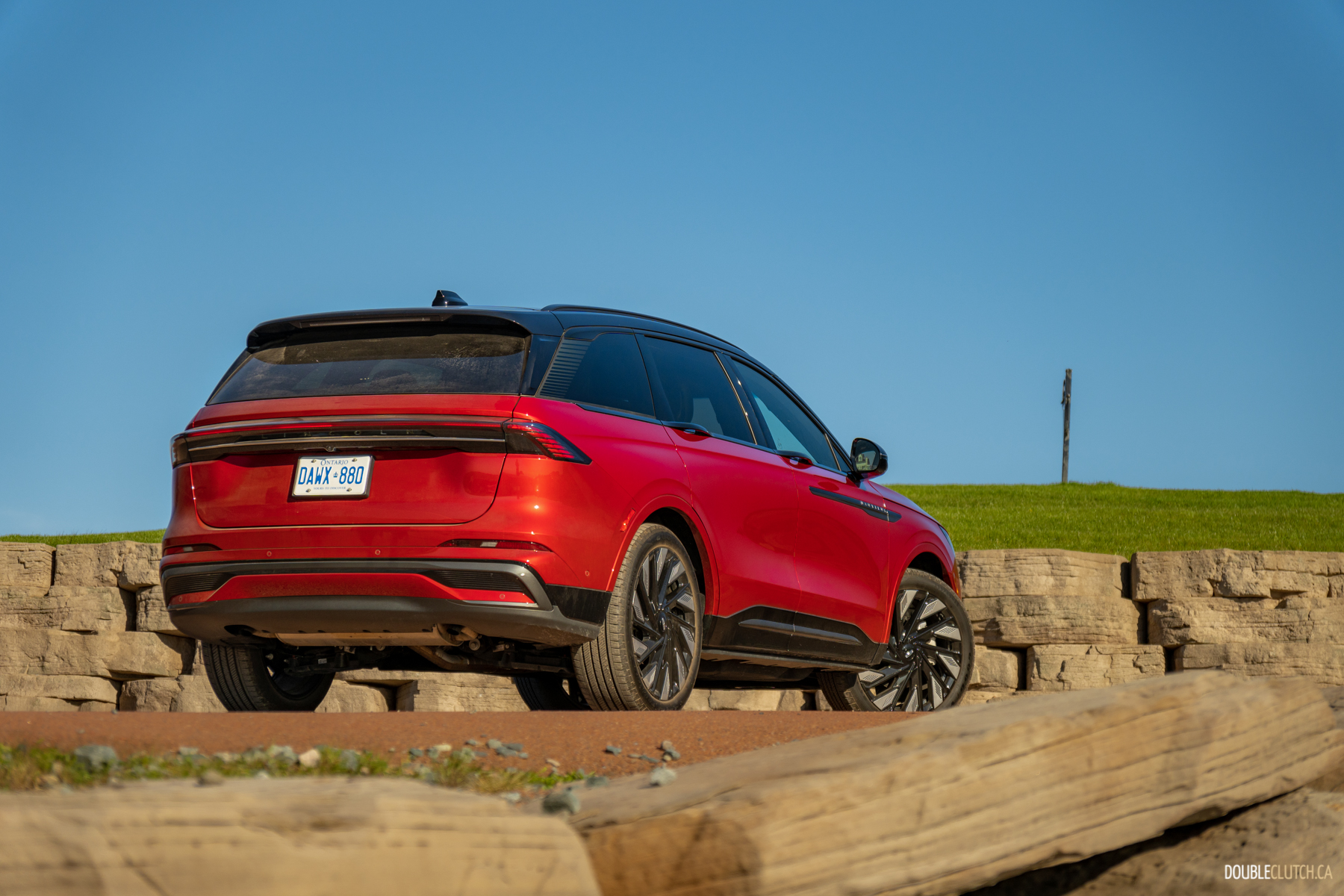
The electric motors are fed by a lightweight lithium-ion battery pack that’s liquid cooled for increased output and efficiency, and mounted below the floor so as to not compromise interior volume. The Nautilus forgoes a third row of seating, in favour of having very prodigious accomodation for its first and row seating, and a very large cargo hold. The fully loaded cars we drove also made use of Lincoln’s Perfect Position 24-way adjustable seats, with heating, ventilating, and massaging. A 28-speaker Revel Ultima audio system massages the ears, too, not as if they’ll need it – acoustic glass, foam filled tires, and active noise canceling to ensure they’ll be relaxed from the top.
Overall, the 2024 Lincoln Nautilus is a very attractive, commodious, and incredibly efficient luxury SUV that’s brimming with glitzy tech. It’s visually impressive and tastefully integrated, but certain fine points of the execution lack some of the polish I’ve come to expect from other Lincolns — but I’ll give them the benefit of the doubt and wager some of these kinks will be ironed out via updates. The hardware underneath the software is brilliant, exactly as I’ve come to expect from a Lincoln, and I’m betting this will be a fine way forward for the brand. Pricing starts at $61,900 and goes up to $84,395 for a loaded hybrid, and deliveries have already begun.

